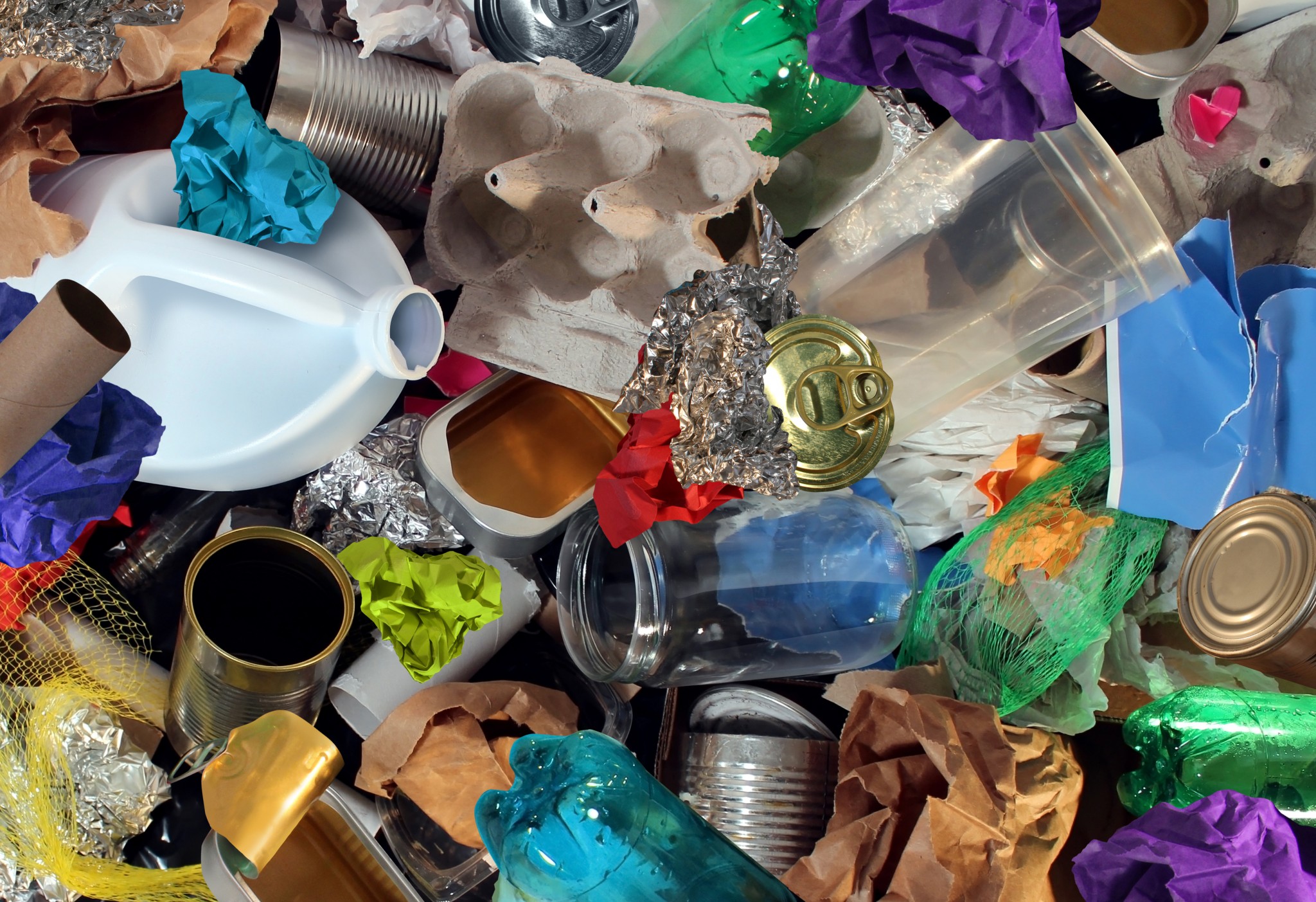In 2013, 75,000 Washington D.C. sites got new trash receptacles. Hoping to increase recycling volume, the new bins held 32, 48 and 64 gallons. The 96-gallon size is called the supercan.

The supercan did not work out as they expected.
Where are we going? To the cost of recycling.
Recycling Expenses
In 2011, Washington D.C. received $389,000 for its recyclables. Now it is paying $1.2 million to have them removed. Waste Management (a large recycler) tells us that 2000 municipalities are in the same predicament.
One problem is sorting. Hoping to encourage recycling, municipalities like Washington D.C. have minimized sorting rules. The downside is what winds up in the supercans. Everything gets tossed in–the Amazon box is okay but not necessarily all of the inside foam and plastic waste. And beyond that, our clothes hangers, shoes and garden hoses now fit too. One D.C. official said residue was up by a ton because of the supercan.
And that residue has to be removed before recycled materials are sold. So, from the curb, the contents of those blue bins are trucked to a Material Recovery Facility (an MRF) where the contents are sorted. Using a clever sounding spinning device with magnets and conveyor belts, the machines at the MRF send the light stuff like cardboard upwards and the heavier glass and plastic and metal in the opposite direction.
But because the cans are thinner, the plastic lighter and we read fewer newspapers, the sorters make more mistakes. And they also have a glass problem. Easily shattered, one third of all glass winds up in a landfill.
Then, compounding our recycling woes, China is demanding less. To make it even worse, she has become pickier. Seeing some plastic bottles in a paper bale, the Chinese inspectors typically say no. That bale then has to return to an MRF to re-recycle it. The result is less recycling from our waste stream.
Our Bottom Line: Social Norm
Thirty years ago when a garbage-filled ship called the Mobro left Islip, New York in search of a landfill that would buy her load of refuse, she traveled for 6,000 miles down the east coast to the Caribbean. After rejections from several states and countries, the Mobro returned to Islip with a full load and became a symbol of the need to recycle.
Since then recycling has become what behavioral economists call a social norm. But the norm is broad and therein lies the problem. It does not differentiate between good and bad recycling behavior. Most of us believe recycling is desirable. For its opportunity cost to be minimized, that norm needs to become more specific.






